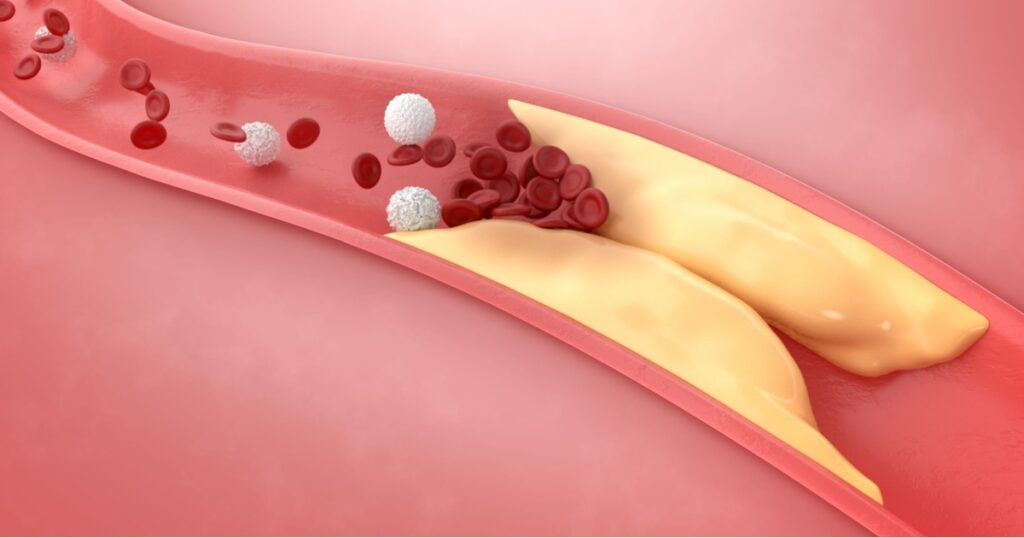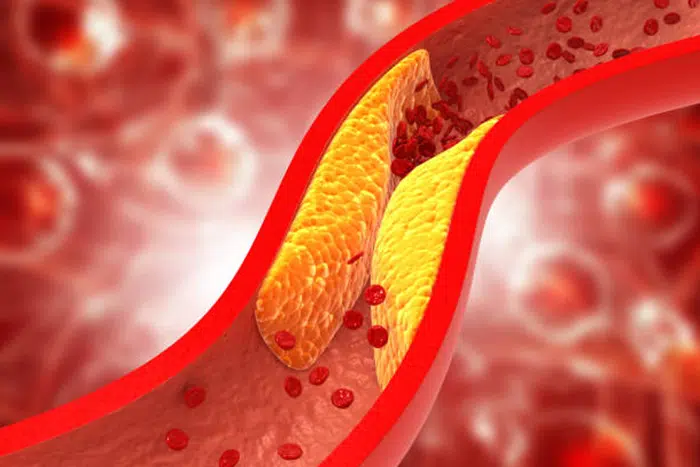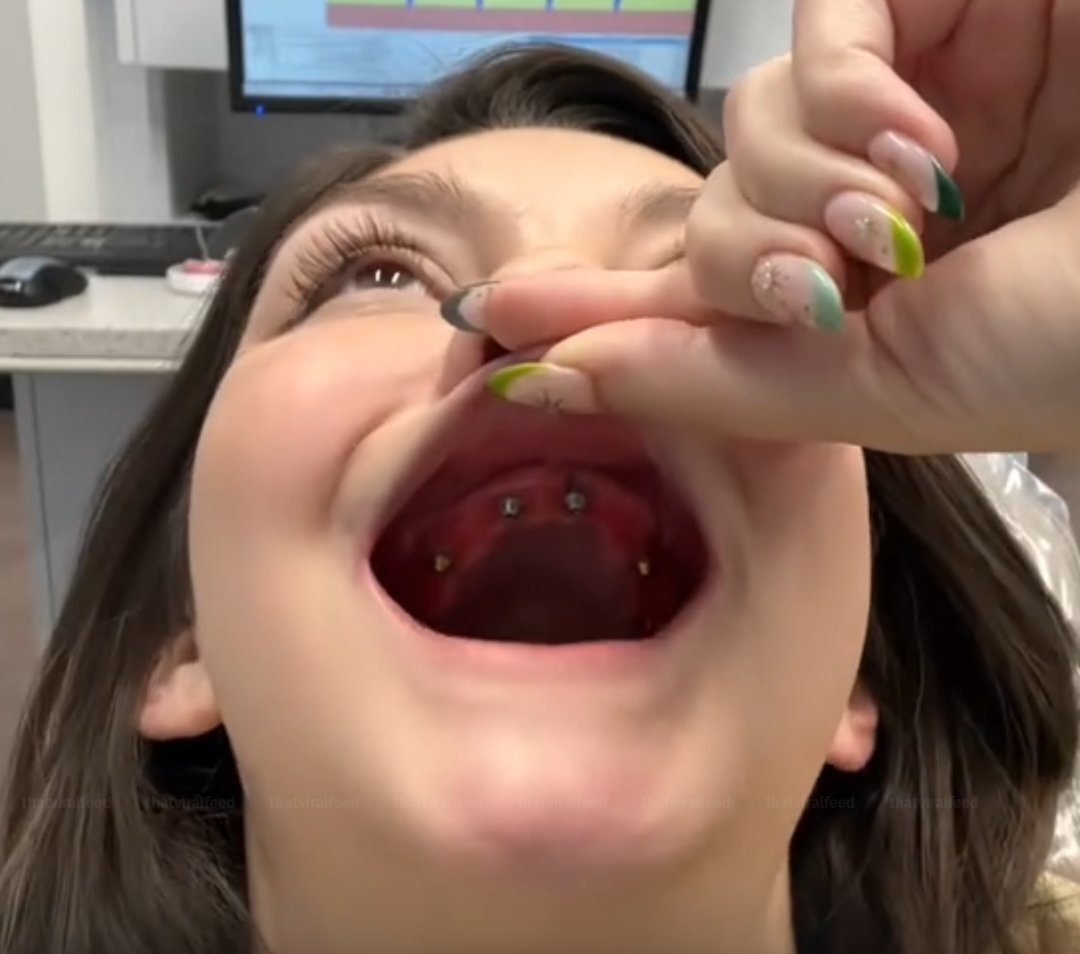Clogged arteries are a serious health concern, potentially leading to various complications such as high blood pressure and heart attacks. Detecting their presence early on is crucial to prevent severe consequences or the need for medical intervention. Being attentive to your body is key as it may exhibit signs of clogged arteries that often go unnoticed.

Arteries serve as the conduits for oxygenated blood throughout the body, reaching vital organs, muscles, and extremities. In a healthy state, these blood vessels facilitate unimpeded blood flow due to their smooth walls without any obstructions. However, arteries afflicted with blockages develop plaque buildup along their walls, impeding or completely obstructing blood flow. This obstruction significantly heightens the risk of a heart attack.
Knowing The Signs

Recognizing the early indications of clogged arteries is vital to addressing the issue before it escalates into a significant health risk. Fortunately, simple dietary adjustments and regular exercise can often help alleviate clogged arteries. In cases where arteries are severely obstructed or there's a family history of heart issues, doctors may prescribe medications to manage the condition. If you exhibit any of the ten warning signs of clogged arteries, seeking medical attention promptly is essential to devise an effective treatment plan.
1. Chest Pain

Chest pain, also known as angina, is a common symptom of reduced blood flow to the heart due to arterial plaque buildup. Typically starting near the breastbone, angina may radiate to the left arm, shoulder, jaw, or upper back. Persistent chest tightness and discomfort warrant immediate medical evaluation to determine the underlying cause.
2. Shortness Of Breath

Shortness of breath could indicate clogged pulmonary arteries, especially if it occurs frequently during periods of rest or mild exertion. While some breathlessness during physical activity is normal, persistent or exacerbated shortness of breath merits medical investigation to assess potential arterial blockages.
3. Weakness Or Numbness In One Side Of Your Body

If your carotid arteries experience restricted or interrupted blood flow, it can lead to weakness or numbness on one side of your body. Situated on either side of the neck, these arteries carry blood from the heart to the head. Each carotid artery branches into two, supplying blood to the brain and eyes, as well as to the face, tongue, and outer regions of the head.
4. Slurring Of Words

Slurred speech can be indicative of various conditions, including blockages in the carotid arteries. Such blockages may affect either the interior branch supplying blood to the brain or the exterior branch supplying blood to the tongue.
5. Vision Loss

Vision impairment, such as sudden loss of vision or blurred vision, may signal a clogged exterior branch of the carotid artery, potentially affecting one or both eyes. Prompt medical attention is warranted in such cases.
6. Leg Pain

Leg pain can have numerous causes, one of which may be blockages in the peripheral arteries, which supply the legs and arms. Unexplained pain in one leg, devoid of injury, could indicate a clogged artery and requires medical evaluation.
7. Cold Feet

Cold feet can indicate impaired blood flow in the legs, hindering proper circulation to the feet. This may suggest a blocked peripheral artery and necessitates medical assessment.
8. Delayed Healing Of Injuries Of The Feet

If you observe unexplained cold feet, it may relate to slow or insufficient healing of injuries in the feet or lower legs. Proper blood flow is essential for injuries to heal efficiently. If you notice delays in the healing process, discussing this concern with your doctor is advisable.
9. Heart Palpitations

Any changes in heart rate warrant medical attention. Heart palpitations, characterized by a noticeable heartbeat sensation, could indicate irregular blood flow. This sensation may manifest as pounding, fluttering, or irregular beats and might be felt in the neck or throat. Prompt medical evaluation is recommended for such symptoms.
10. Nausea

Nausea can signal various underlying health issues, although it's a nonspecific symptom. Persistent nausea warrants medical evaluation, although it doesn't necessarily indicate clogged arteries. Consulting with a doctor about ongoing nausea is important for proper diagnosis and treatment.
The Bottom Line

Recognizing symptoms of clogged arteries and other health conditions isn't about becoming overly anxious but rather about safeguarding health. Being aware and proactive about seeking medical advice when symptoms arise can be life-saving. Taking symptoms seriously and discussing them with a healthcare professional is crucial for early detection and appropriate management.



